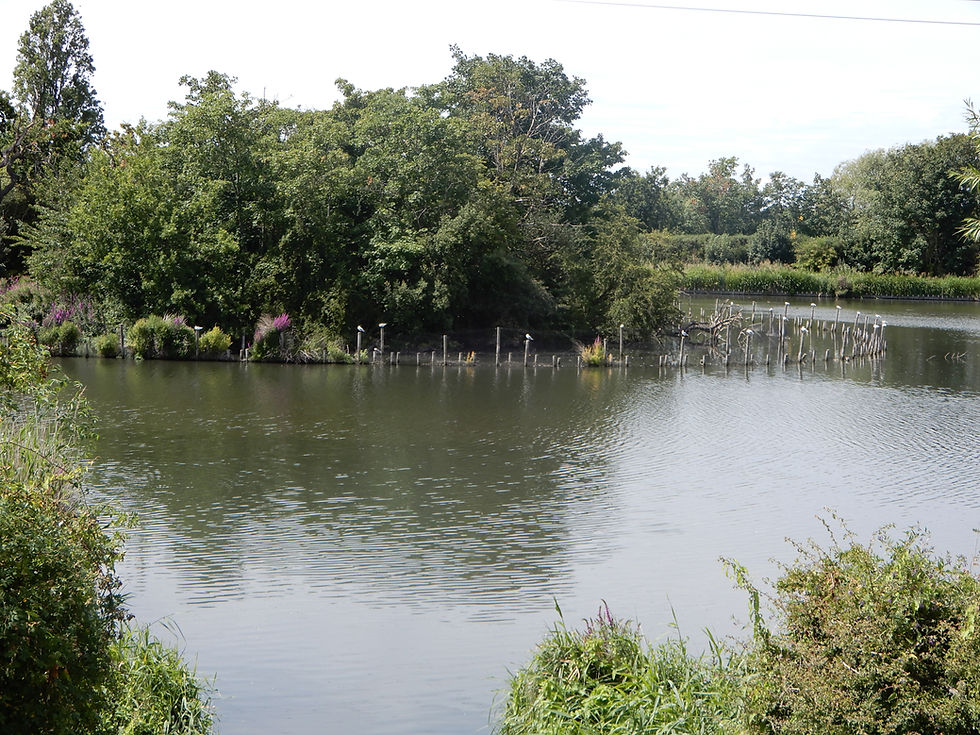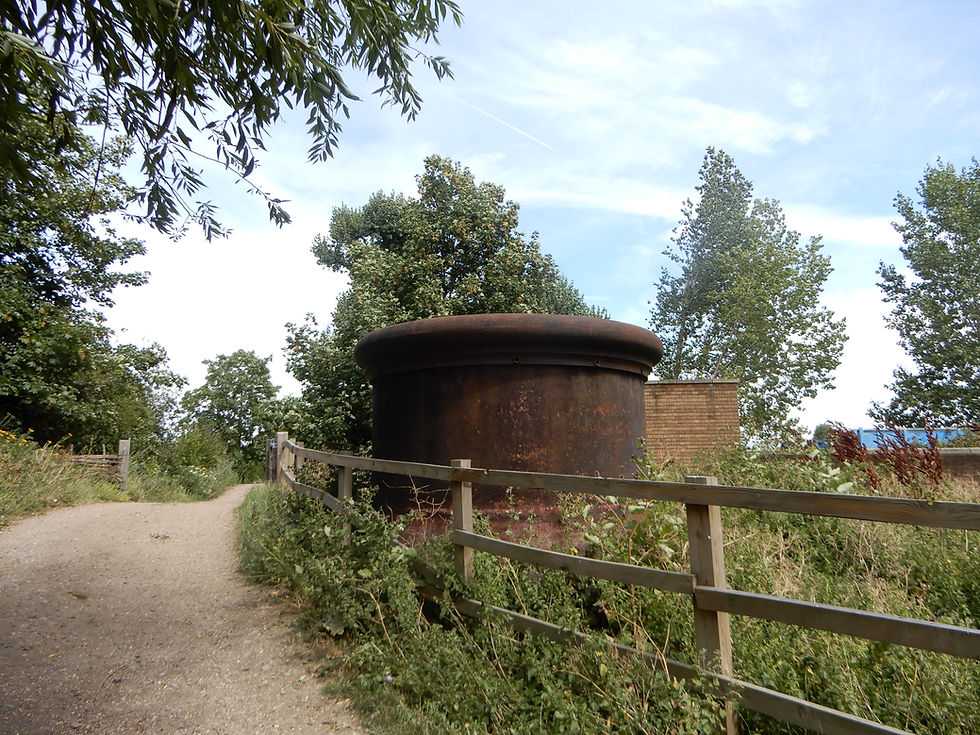Walthamstow Wetlands
- byways
- Mar 21, 2021
- 3 min read

Wetlands
Walthamstow Wetlands is an expanse of marshland which was dug out by hand 150 years ago to develop reservoirs to store water and is now the largest area of wetlands in Europe.
This vast expanse of water and land is home to birds, insects including stag beetles, amphibians and reptiles and mammals – including otters. Many of them are hiding away - Cetti warblers can be heard but not seen.
In 1998, little egrets became the first ever of the species to breed in London – on an island in one of the reservoirs.

An island in a reservoir
The islands are a safe haven for terns who nest on the ground. Once they were named 'sea swallows' and still they cross the seas from thousands of miles away - one wearing a ring to show that he had arrived from Namibia.
Other migratory birds stop off here. Arctic terns travel from the North Pole to the South Pole and then back again every year and land here. Tufted ducks gather together here to moult: when they lose their feathers they are flightless and so a need a safe space in a large area of water.
So much wildlife can be studied here and sometimes there are mysteries that are as yet unsolved.
Mute swans normally live in family groups and yet here they have been known to gather in large numbers.

Fresh water
The channels and ponds around the reservoirs are varied but all have a calming presence. The narrow streams provide protection for coots to hide at the water's edge and build nests, away from any predators hovering in the sky above.
Still water is covered with a green sheen and underneath the clear running water, thick forests of aquatic plants can be seen. Around the reservoirs vegetation spills over the edges, showing how even the thickest concrete cannot suppress nature’s determination for plants to grow and spread and flourish.
Every now and again, we come across industrial remnants, resting and rusting on the ground and the mill building stands empty, like a fairy tale tower.

Industrial past
Climbing the stairs to the top of the tower to be able to see the view from up here is permitted – but what is not allowed is to pick fruit from the bushes in the wetlands.
Nearby a crane from the days when there were working mills all around here peeps out from the trees.

A crane disappearing into green growth
There may be plenty of juicy blackberries but these must be left there for the birds – the ones who call this place home and those who are stopping off on their long journeys – to provide them with sustenance and help them to survive and thrive.
The reservoirs over to the north of the wetlands have another landscape and a different atmosphere. A very steep slope up with a tower poking over the top is inviting and it is well worth the climb. From here is a panoramic view of London with the City and Docklands side by side, and in the opposite direction the hills of Epping Forest.
Walking along the high ridge which surrounds the reservoir, the air tastes of water and with the expanse of blue skies and water is reminiscent of trips to the coast.
At the far end of the reservoirs a country lane leads out – into a busy main road. And a glance through the fence tells us that there is an industrial site here. We are once again in an urban landscape where people rush around.

Back in the reservoirs it was different, just a few moments ago. People stopped to smile and say hello as though they were in the country. The feeling of the stony path crunching underfoot and the sound of the water gently lapping against the sides of the reservoir is now tarmac and traffic. Now we are back in the city – the big, anonymous busy capital.
Walk from Tottenham Hale Station or Blackhorse Road Station






Comments